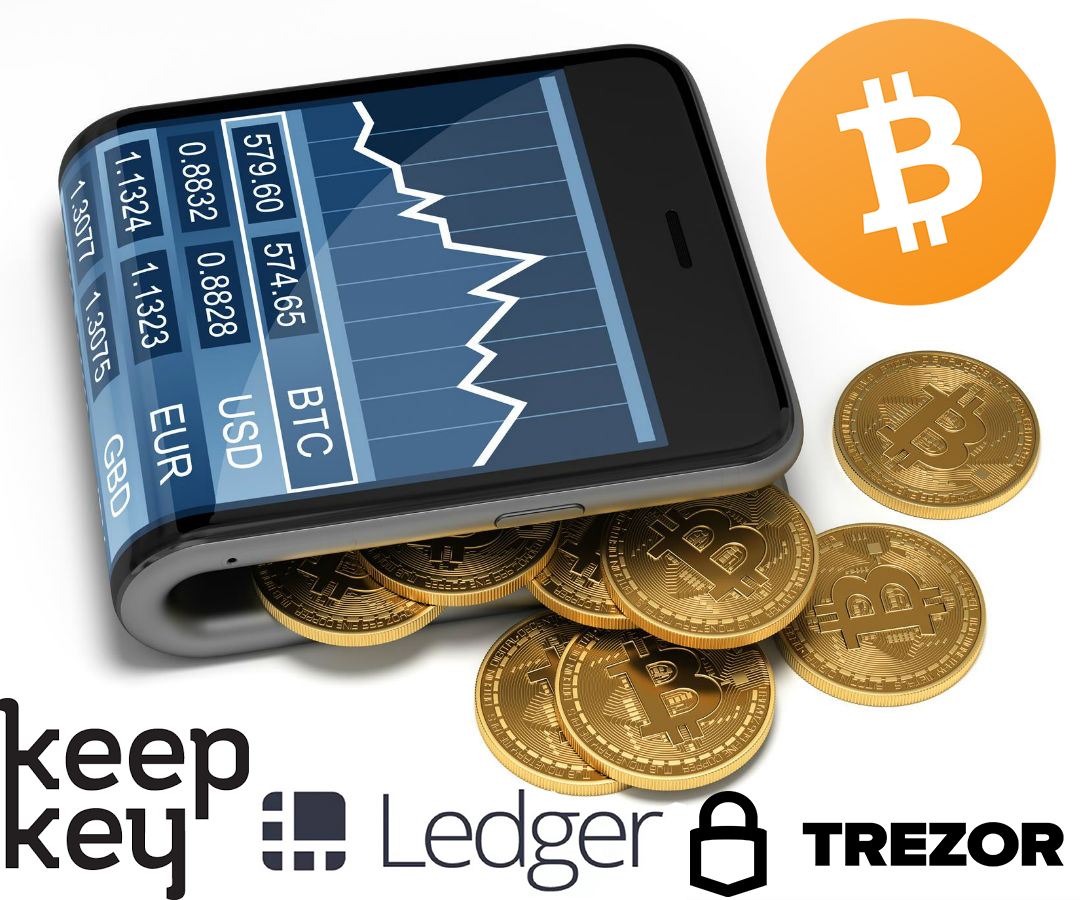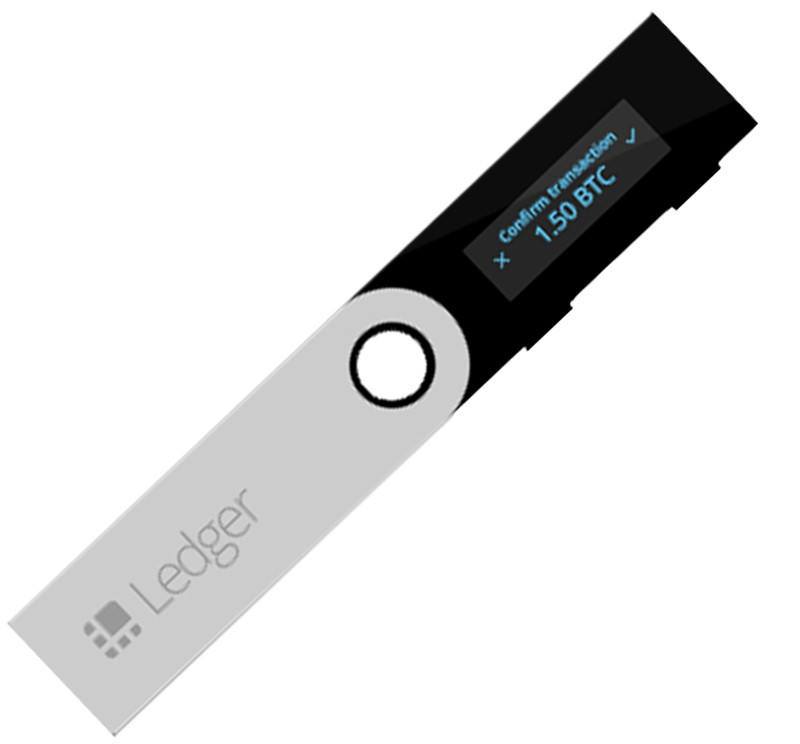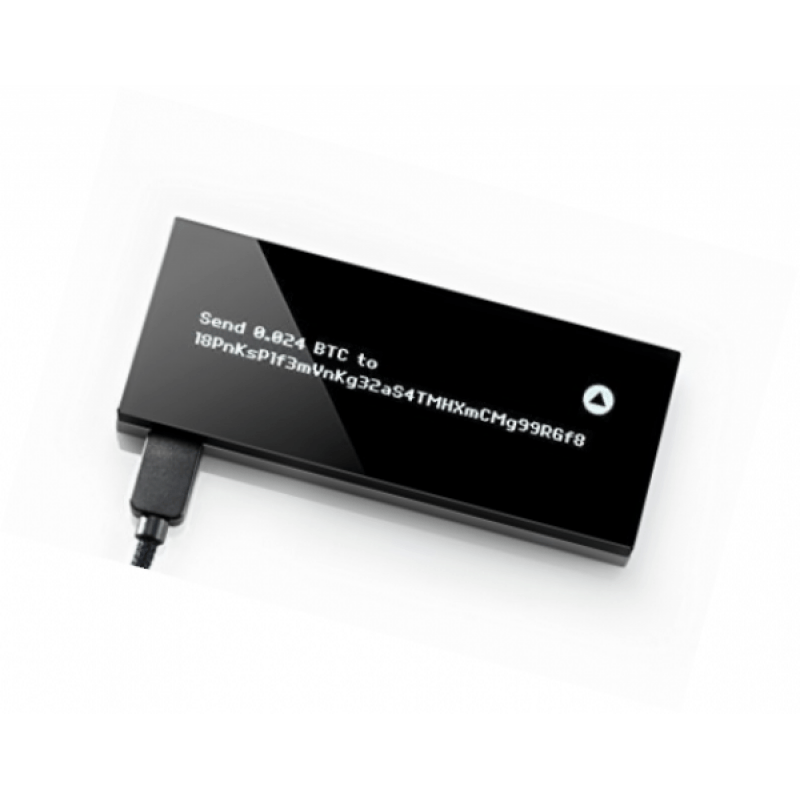The Battle to be the Number One Hardware Wallet – The Top Providers Compared ?

Hardware wallets are considered the gold standard of security for the average cryptocurrency holder. Making the decision to purchase one is not easy. How many cryptocurrencies do you need to hold before making the purchase? What are the key things to know about the wallet before making the purchase? What hardware wallet to choose? These can all be difficult questions and it just makes it more tricky when there are multiple providers to choose from. The three biggest hardware providers are in intense competition to be the number one choice for cryptocurrency users. This competition has resulted in price cuts, increased support for altcoins, and increased functionality from the main wallet providers – all benefits for the end user ?. We compare and contrast the three top wallets on the market so that readers can more easily choose between them when they make a decision to purchase a hardware wallet.
Trezor
Trezor was one of the first hardware wallets released onto the market. It was the first to gain mainstream attention and adoption due to its functionality and ease of use. The wallet is developed by the SatoshiLabs company and it is their flagship product. Trezor benefitted from first-mover advantage for a long time and was able to be priced higher than competitors. However, increased competition over the past couple of years has resulted in Trezor significantly reducing their prices.
Trezor has two key models. The Trezor One model launched in 2014 is still available for purchase today. The more recently released Model T was launched in 2017. The main difference between the two models is the Model T has a colour touchscreen and no buttons. The Model One is currently priced at €69 and the Model T is currently priced at €149. The Trezor wallets arrive in sealed packages so that the purchaser can be sure that the package was not tampered with. Users can connect the wallet to their computer to set up and manage the wallet. Clear set-up instructions are provided and Trezor is well known for their informative articles. Trezor currently supports over 500 cryptocurrencies and tokens.

There is also extra applications provided by SatoshiLabs which work with the Trezor. Users can use a password manager which applies the high levels of encryption on the hardware wallet to passwords. SatoshiLabs have also designed an open-source blockchain indexer to work with the Trezor. Revenue for Trezor is currently estimated to be $3 million.
Ledger
Ledger is one of the closest and most well-known competitors to Trezor. Ledger sold their millionth hardware wallet device at the start of 2018. The Paris-based company was founded in 2014 and has received over $85 million in funding. The flagship product of Ledger is its Ledger Nano S model which sells at a retail price of €59. Over 1.3 million of these products have been sold worldwide. The price also includes value-added tax whereas the retail price for Trezor excludes this. Ledger also offers the Ledger Blue model which has a retail price of €279.99. The Ledger Nano S comes in the form of a USB stick whereas the Blue model has a colour touchscreen which aims to provide a more advanced user experience. Ledger also recently announced the launch of the Ledger Nano X which is the latest of their models and will retail at €119. The Ledger Nano X will enable users to install up to 100 applications to integrate with the wallet and the hardware device will also have Bluetooth compatibility.

Ledger functions similar to Trezor in a lot of ways. The device comes in a sealed package so that users will know if it has been tampered with. Users link the device to their computer to set-up and manage their wallet. Ledger integrates with a Chrome extension. There are a variety of different applications which can integrate with the Ledger wallets. They also provide a Ledger Live application which provides an interface that allows users to easily manage their funds and exchange between them. There is information available on the Ledger website which shows which models support which cryptocurrencies. Estimates for the revenue of Ledger are $1.5 million.
KeepKey
The third main hardware wallet provider is KeepKey. KeepKey was the latest starting of the three after being founded in 2015. The company was acquired by Shapeshift exchange in August of 2017. As opposed to Trezor and Ledger which have multiple models, KeepKey offers one model with a retail price of $129. This is higher than the cheapest models offered by Trezor and Ledger by a significant margin. KeepKey works in the same way as Ledger and Trezor wallets in the manner that it links up with a computer. However, it has been noted to be more difficult to use and set up than the Trezor and Ledger models. The wallet also supports a fewer number of cryptocurrencies than Trezor and Ledger. A list of supported cryptocurrencies can be found on the KeepKey website. The wallet integrates with ShapeShift enabling exchanging between the cryptocurrencies that the wallet supports. Revenue for KeepKey is estimated to be $2.4 million.

